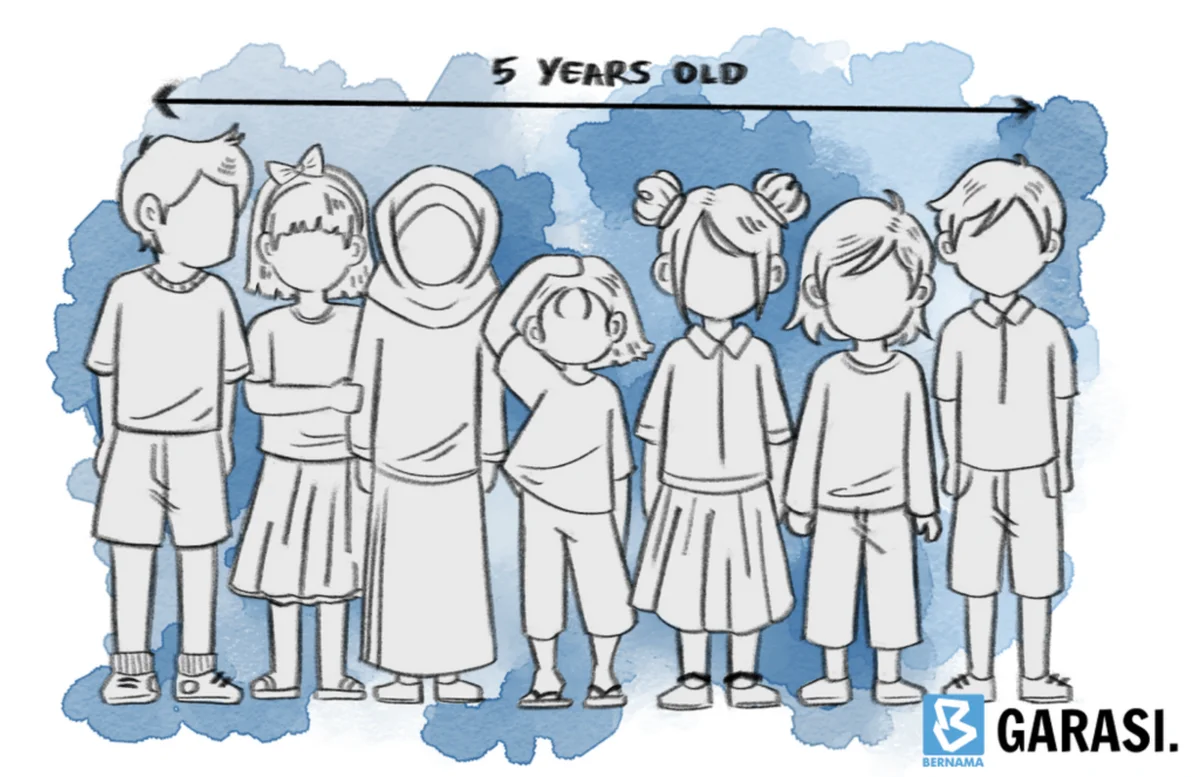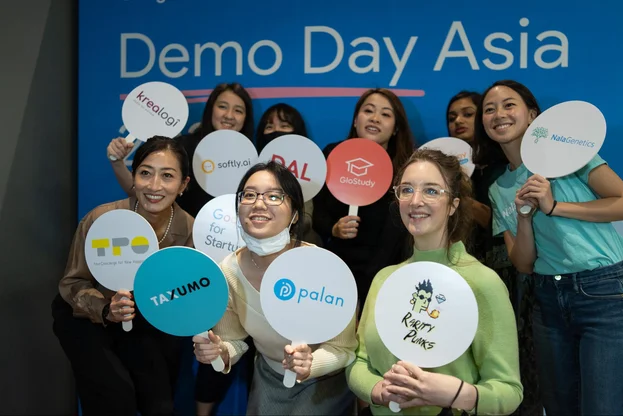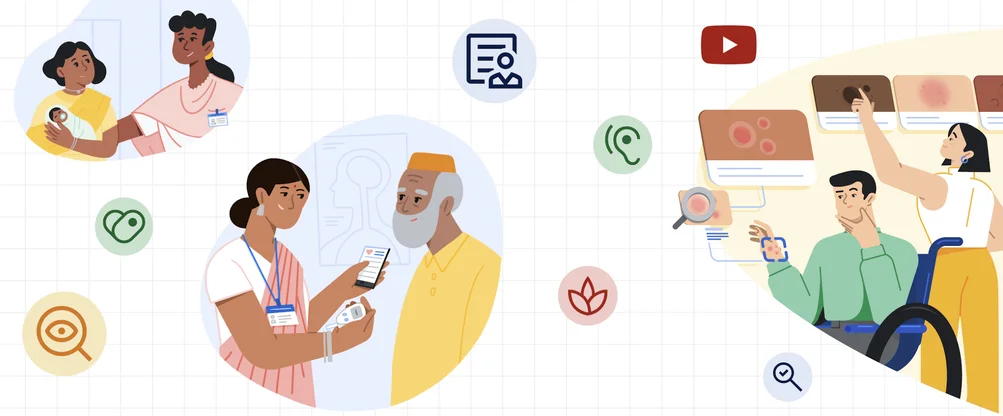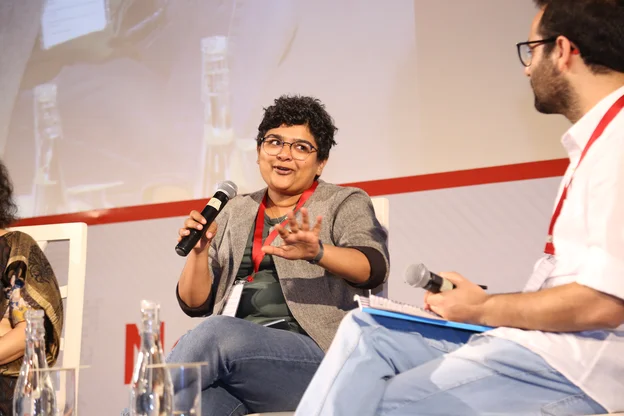The journalists who spotlighted one of Malaysian childrens' biggest problems

Sakina Mohamed is an editor at BERNAMA, the Malaysian National News Agency. BERNAMA was founded in 1968, and provides reliable information to subscribers across Malaysia and the rest of the world. In 2019, the BERNAMA team participated in a Google News Initiative supported training program in Malaysia.
As of 2019, one in five Malaysian children suffer from “stunting,” as revealed in the National Health and Morbidity Survey. According to the World Health Organization, “stunting” is a child’s impaired growth stemming from poor nutrition, repeated infections, and inadequate psychosocial stimulation. The impact on Malaysia’s economy is significant as well— a World Bank study by Galasso and Wagstaf states that countries lose ( on average) seven percent of per capita income because of “stunting”.
I studied stories about “stunted” children in the Malaysian press, and realized that most were framed in a way that made audiences feel disconnected from the issue. Even in related governmental campaigns, the messaging didn’t make the underlying problems clear. Instead, articles and campaigns made it sound like merely a nutritional issue— not a social or economic one. But for a story to be effective, it had to highlight what’s at stake and how it affected everyone: from the everyday citizen to the policymakers.
In 2019, a Press Fellowship gave me the opportunity to explore possible ways of reframing stories on “stunting” in Malaysia. One of them was through data journalism, a form of journalism where reporters use quantitative data to uncover hidden trends, patterns and insights. Two years later, I was thrilled when BERNAMA enrolled in training for data journalism via the Google News Initiative (GNI).

The program taught us how to use digital tools like Google Sheets, Pinpoint and Google Earth Pro for investigative reporting, and how to use data from research papers and open data from the National Statistics Department to create a persuasive narrative. Now, we can write data stories that not only give readers the context to understand how an issue affects them, but also show the proof behind the information.
Based on that training’s success, I proposed a new data journalism unit to our management. We formed a unit and started on our first project: a series of data stories on “stunting” in Malaysia. I worked with a team of two journalists and a digital illustrator. Together, we went through numerous sets of data – some analyzed, some raw, and many incomplete. We also talked to health and public policy experts to get their insights.
In the end, we created a three-part series (plus visual explainers for social media platforms) visualizing the causes of “stunting”, the impact of “stunting” on adult health and its economic impact. It was important for us to be able to tell a compelling story that could resonate with the public as well as influence decision-making authorities. Our series won third place in the best multimedia journalism category at the Malaysian Press Awards this year. As a young data team without a web or front-end developer, this win was definitely an encouraging boost.

Four months after our first story was published, the Malaysian government announced a strategic eight-year-plan to prevent “stunting” in children across the country. Shortly after, they announced a budget allocation for the prevention of “stunting” for the first time ever during the tabling of Malaysia’s 2023 Budget. We can’t help but feel like we contributed to this shift in some way.
Our biggest learning from our journey so far? No matter how experienced they are, journalists need to constantly learn new skills to keep up with the industry. There’s always a digital tool for what you want to accomplish, you just have to learn it. Thank you to the Google News Initiative for equipping us with those tools to tell the story we wanted. We still have a long way to go, but we’re excited to see where we go from here.







